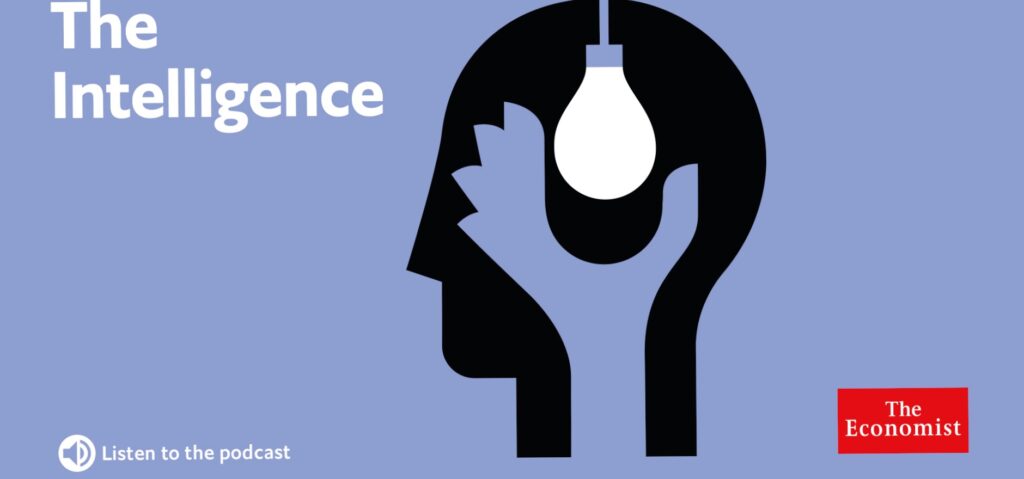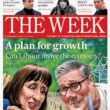There were plenty of topics of discussion at the latest MediaVoices Publisher Podcast Summit in June. The perennial problems of discovery and marketing; the use of AI to expand a series’ reach; how to create community around a show.
But all roads lead, eventually, to Rome. For publishers and creators, most podcasts have to pay their way. Of course.
Creation requires investment, and growing a podcast needs regular investment. And, ultimately, individual podcast creators need to sustain themselves, too.
So it’s no surprise that one of the most well-attended sessions at the Podcast Summit was dedicated to the topic of getting people to pay to support podcasts. It was a topic trailed throughout the day, as other speakers weighed in on how their own efforts in audience building contributed to the mission of making a podcast financially viable.
The panel, moderated by Naomi Mellor, founder of Everybody Media and the International Women’s Podcast Awards, heard from national publishers – and two creators whose paranormal podcast has been enthusiastically embraced by audiences.
Early days of pay
John Shields, Head of Podcasts for The Economist, noted that – even for a storied publication – the initial impulse was to make podcasts free. They were a marketing tool, primarily, and a source of revenue second. However, when Zanny Minton Beddoes took over as Editor-in-Chief, that philosophy changed.
Shields explained: “Her vision was that, since 1843, The Economist has been a subscriber business. That’s how we make our money, that’s our brand. So we have these lovely podcasts. But to her, they were effectively free and from that insight, we started looking to when we could start paywalling.”
Apple Connect was the beginning of that change, taking the onus off publishers to come up with that tech themselves. It freed media businesses to experiment and, in The Economist’s case, to bring a free-to-access product more in line with its paid-for portfolio.

It’s a reflection of a more sophisticated approach to monetising digital content adopted across the media ecosystem. Just as features and news were originally published free online, so too were podcasts. To some extent, paywalling podcasts is also a course correction.
Access vs. immediate reward
For publications that don’t have as strong a commitment to paywalling content as The Economist, the conversation around payment is more nuanced.
The Daily Mail Group’s i paper tabloid in the UK, for instance, has historically monetised its commoditised news content only via ads, making it tougher eventually to charge for the content.
Jamie East, DMG Media’s head of podcasts, said that – in order to monetise its podcasts – the team had to look elsewhere in DMG’s portfolio to determine what audiences value. They launched a subscription podcast product for the Daily Mail in April, The Crime Desk, bringing together exclusive episodes and older true crime series.
Citing the approach of the group’s New Scientist magazine as instructional, East pointed out that DMG has content which audiences recognise as premium – which can therefore be monetised: “As we all know, the podcast audience is also highly engaged. They want to understand a bit more, and with something as regimented as true crime… we knew there was an opportunity to create a tier. It would not have worked if we’d have just put all of our podcasts behind the paywall, because there’s not really a common denominator between verticals.”
That speaks to a wider consideration around which topics and verticals are both suitable for audio and viable for monetisation by paywalls. As with any content, the adage of going a mile wide and an inch deep attracts casual audiences in their droves – but they are unlikely to be converted to paying subscribers.
Meanwhile, podcasts that dive deep into topics with plenty of room for exploration have demonstrable potential to be monetised through direct payments.
Fan support
As podcast audiences have grown, there have been plenty of examples of communities forming around the kernel of the series. Those communities are often keen to support the show’s creators and hosts (as the rest of the Summit demonstrated, these are still the big draws for audiences) – and pay.
While that can take the form of direct payments, these are fan communities in the same way people are fans of music bands, sports teams, or authors. They will happily wear their fandom – quite literally – on their sleeves. To that end, they will purchase tickets to live events, apparel and other merchandise, and act as ambassadors for the podcasts.
That is absolutely the case for the audience of Ghost Huns. This paranormal-focused comedy podcast is widely available to listen to for free, and co-host Hannah Byczkowski suggested that open nature is responsible for much of the show’s success in terms of growth. That is backed up by co-host Suzie Preece, who said: “I think it’s just about growing it slowly. I know that the way I consume podcasts is that I want to access content for free so I can see if I like it, and then the extras are what I would maybe go in for. If they really like us, there’s a small percentage of people who go into Patreon, but a lot of people are just consuming our content for free. They’re the ones who come to our live shows. They buy the merch. So I think it is important to grow that [fan] base of people who eventually will pay off.”
Ultimately, the podcast ecosystem is broad enough to support a wide range of means by which they can be monetised. Direct payments – enabled by platforms like Apple and Spotify – are one such method that works especially well for in-depth, regular podcasts.
Rounding off the session on an optimistic note, Everbody Media’s Naomi Mellor pointed out that, while the industry – and individual creators – have varying levels of success with live events and merchandise, audiences are still hungry for audio content.
If a podcast resonates with audiences, and the opportunity to support it through payment is presented to them, it is possible for podcasts to pay their way. As The Economist’s John Shields explained: “I think we probably underestimated how prepared people were to pay. And I hope that as more and more people do it, it will just become a standard thing.”
Thanks to CrowdfinderVideo and Syno which sponsored the MediaVoices Publisher Newsletter Summit.



